Specifications
| book-author | Lori Smith ; Elaine Marieb |
|---|---|
| file-type | |
| isbn10 | 0134777093 |
| isbn13 | 9780134777092 |
| language | English |
| publisher | Pearson |
Book Description
“Human Anatomy and Physiology Laboratory Manual: Fetal Pig Version (13th Edition)” by Lori Smith and Elaine Marieb is a detailed and hands-on laboratory manual designed for students studying human anatomy and physiology. The manual utilizes the fetal pig as a comparative anatomical model to enhance the understanding of human anatomy. Here are some key features and elements of this edition:
1. **Comprehensive Lab Exercises:** The manual provides a wide range of laboratory exercises that cover various systems of the body, including the skeletal, muscular, nervous, cardiovascular, respiratory, digestive, urinary, and reproductive systems.
2. **Fetal Pig Dissection:** It focuses on the dissection of the fetal pig, providing detailed instructions and illustrations to guide students through each step of the process. The fetal pig is chosen for its anatomical similarities to humans, making it a valuable model for learning.
3. **Detailed Illustrations and Photos:** The manual is richly illustrated with high-quality photographs and diagrams that clearly depict anatomical structures and dissection procedures. These visuals aid in understanding and identification of various organs and systems.
4. **Step-by-Step Procedures:** Each lab exercise includes step-by-step procedures with clear, concise instructions. This helps students perform dissections and other lab activities accurately and confidently.
5. **Pre-Lab and Post-Lab Questions:** The manual includes pre-lab questions to prepare students for the exercises and post-lab questions to reinforce learning and assess understanding. These questions encourage critical thinking and application of knowledge.
6. **Review and Study Tools:** At the end of each exercise, review sheets and study tools are provided to help students consolidate their learning. These tools include labeling exercises, matching activities, and short-answer questions.
7. **Clinical Connections:** The manual includes clinical connection boxes that relate anatomical and physiological concepts to real-world medical scenarios. These connections help students understand the relevance and application of what they are learning.
8. **Integration of Physiology:** In addition to anatomy, the manual integrates physiological concepts to provide a comprehensive understanding of how anatomical structures function within the body.
9. **Safety Guidelines:** The manual emphasizes laboratory safety, providing guidelines and best practices for conducting dissections and handling specimens safely.
10. **Supplemental Resources:** Additional resources such as online videos, animations, and quizzes may be available to complement the manual and enhance the learning experience.
11. **Instructor Resources:** For educators, the manual may come with supplementary materials such as instructor guides, answer keys, and additional teaching tools to support effective instruction and assessment.
12. **Hands-On Learning:** The manual emphasizes hands-on learning through dissection and other interactive activities. This experiential approach helps students develop practical skills and deepen their understanding of anatomical and physiological concepts.
13. **Comparative Anatomy:** By using the fetal pig as a model, the manual allows students to compare and contrast pig and human anatomy, enhancing their understanding of evolutionary relationships and anatomical variation.
14. **Self-Assessment:** Throughout the manual, self-assessment questions and activities encourage students to evaluate their own understanding and progress, promoting active learning and self-directed study.
15. **Collaborative Learning:** Many exercises are designed to be completed in pairs or small groups, fostering collaboration and communication among students.
“Human Anatomy and Physiology Laboratory Manual: Fetal Pig Version (13th Edition)” by Lori Smith and Elaine Marieb is a valuable resource for students studying anatomy and physiology. Its detailed instructions, comprehensive exercises, and emphasis on hands-on learning make it an essential tool for understanding the complexities of the human body through comparative anatomy.

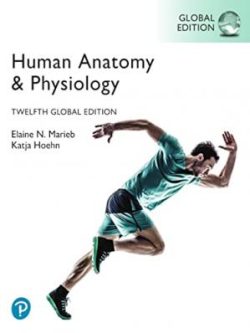
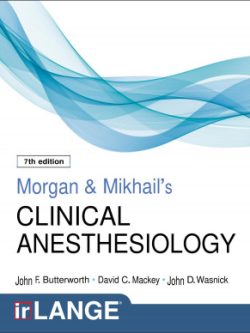
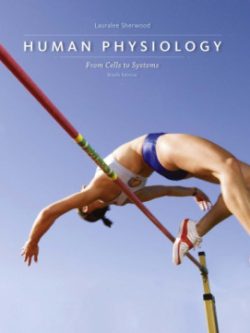


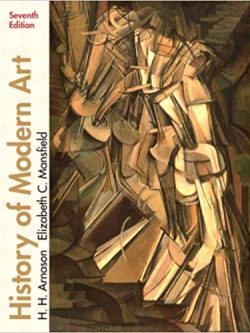
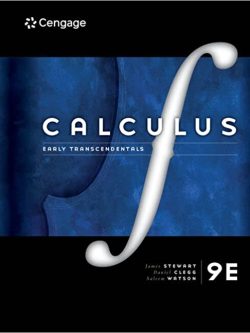
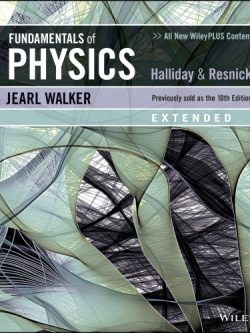
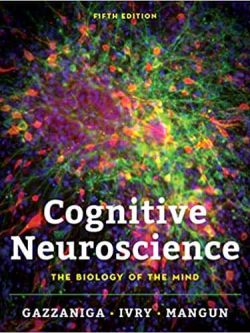
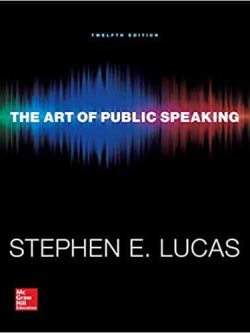
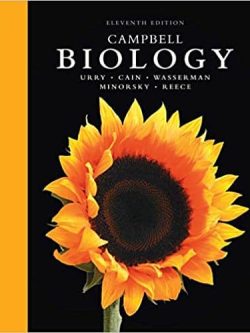

Reviews
There are no reviews yet.